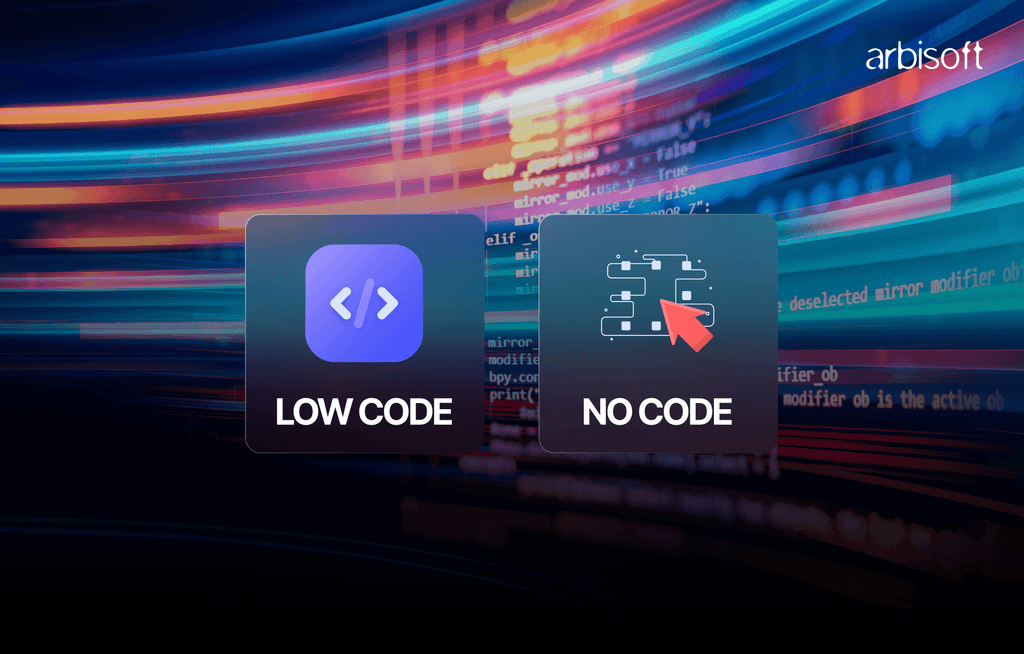We put excellence, value and quality above all - and it shows




A Technology Partnership That Goes Beyond Code

“Arbisoft has been my most trusted technology partner for now over 15 years. Arbisoft has very unique methods of recruiting and training, and the results demonstrate that. They have great teams, great positive attitudes and great communication.”
800+Tech Experts
550+Projects Completed
50+Tech Stacks
100+Tech Partnerships
4Global Offices
4.9Clutch Rating
Inside Arbisoft
Careers
Development & QA
IT Operations
NPS
81.8%78% of our clients believe that Arbisoft is better than most other providers they have worked with.
“Arbisoft has been a valued partner to edX since 2013. We work with their engineers day in and day out to advance the Open edX platform and support our learners across the world.”
INDUSTRIES
Arbisoft is your one-stop shop when it comes to your eLearning needs. Our Ed-tech services are designed to improve the learning experience and simplify educational operations.

"Working with Arbisoft has felt less like hiring a vendor and more like gaining a team of trusted colleagues. Their developers don’t just build what we ask, they think alongside us, offer smart suggestions, and care deeply about getting it right."
Get cutting-edge travel tech solutions that cater to your users’ every need. We have been employing the latest technology to build custom travel solutions for our clients since 2007.

“Arbisoft has been my most trusted technology partner for now over 15 years. Arbisoft has very unique methods of recruiting and training, and the results demonstrate that. They have great teams, great positive attitudes and great communication.”
As a long-time contributor to the healthcare industry, we have been at the forefront of developing custom healthcare technology solutions that have benefitted millions.

"I wanted to tell you how much I appreciate the work you and your team have been doing of all the overseas teams I've worked with, yours is the most communicative, most responsive and most talented."
We take pride in meeting the most complex needs of our clients and developing stellar fintech solutions that deliver the greatest value in every aspect.
“Arbisoft is an integral part of our team and we probably wouldn't be here today without them. Some of their team has worked with us for 5-8 years and we've built a trusted business relationship. We share successes together.”
Unlock innovative solutions for your e-commerce business with Arbisoft’s seasoned workforce. Reach out to us with your needs and let’s get to work!

"The development team at Arbisoft is very skilled and proactive. They communicate well, raise concerns when they think a development approach wont work and go out of their way to ensure client needs are met."
Arbisoft is a holistic technology partner, adept at tailoring solutions that cater to business needs across industries. Partner with us to go from conception to completion!

“The app has generated significant revenue and received industry awards, which is attributed to Arbisoft’s work. Team members are proactive, collaborative, and responsive”.
Real-time Maintenance Reporting
Instantly report and resolve infrastructure issues with a centralized, mobile-friendly system.
Discover MoreWorkflow Automation Platform
Streamline team operations and approvals with customizable workflows and real-time tracking.
Discover MoreRecruitment Automation Tool
Automate hiring pipelines, reduce manual effort, and make smarter recruitment decisions.
Discover MoreLearner Engagement Platform
Create engaging learning experiences that boost course completion and learner retention.
Discover More
Customer Feedback Analytics
Collect, analyze, and act on customer insights to improve satisfaction and service quality.
Discover More
School Communication Suite
Bridge the gap between schools and parents with secure, real-time messaging and announcements.
Discover More
Digital Learning Suite
Manage, track, and deliver educational content with ease across institutions or organizations.
Discover More- View All Products
Software Development Outsourcing
Building your software with our expert team.
Dedicated Teams
Long term, integrated teams for your project success
IT Staff Augmentation
Quick engagement to boost your team.
New Venture Partnership
Collaborative launch for your business success.
Hear From Our Clients

“Arbisoft partnered with Travelliance (TVA) to develop Accounting, Reporting, & Operations solutions. We helped cut downtime to zero, providing 24/7 support, and making sure their database of 7 million users functions smoothly.”

“I couldn’t be more pleased with the Arbisoft team. Their engineering product is top-notch, as is their client relations and account management. From the beginning, they felt like members of our own team—true partners rather than vendors.”

"Arbisoft was an invaluable partner in developing TripScanner, as they served as my outsourced website and software development team. Arbisoft did an incredible job, building TripScanner end-to-end, and completing the project on time and within budget at a fraction of the cost of a US-based developer."




























